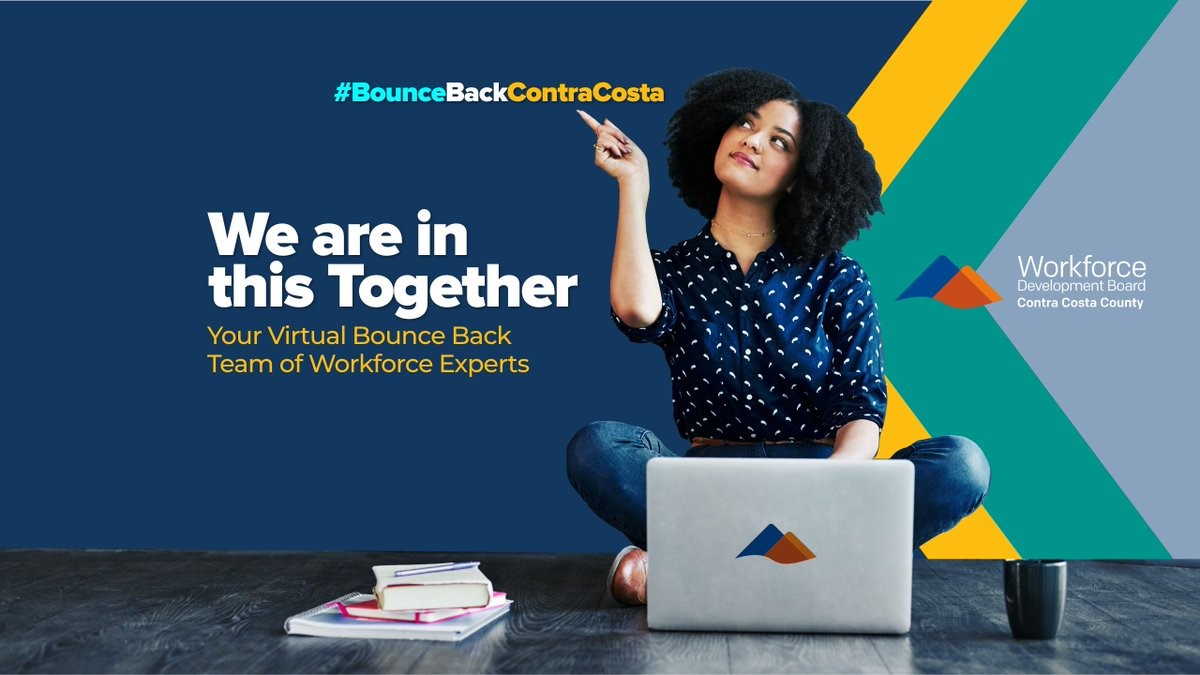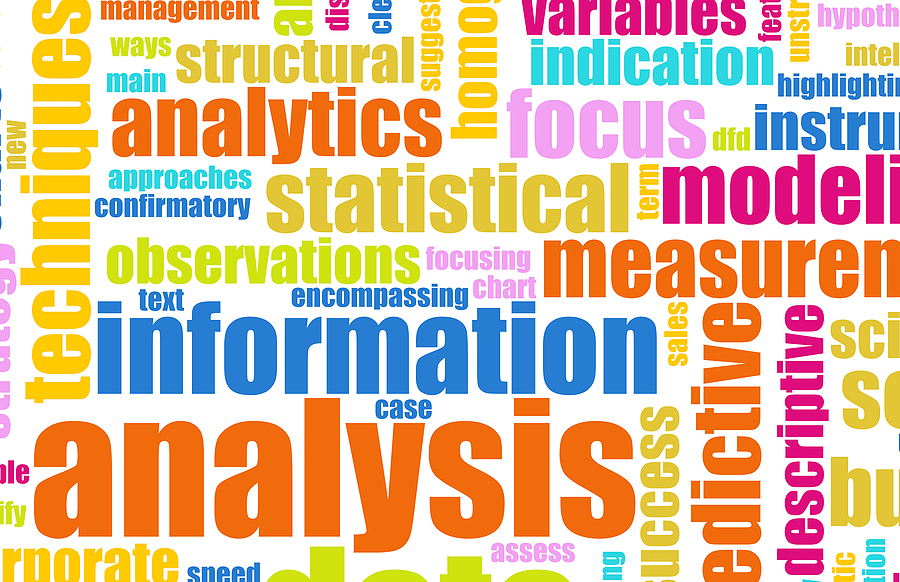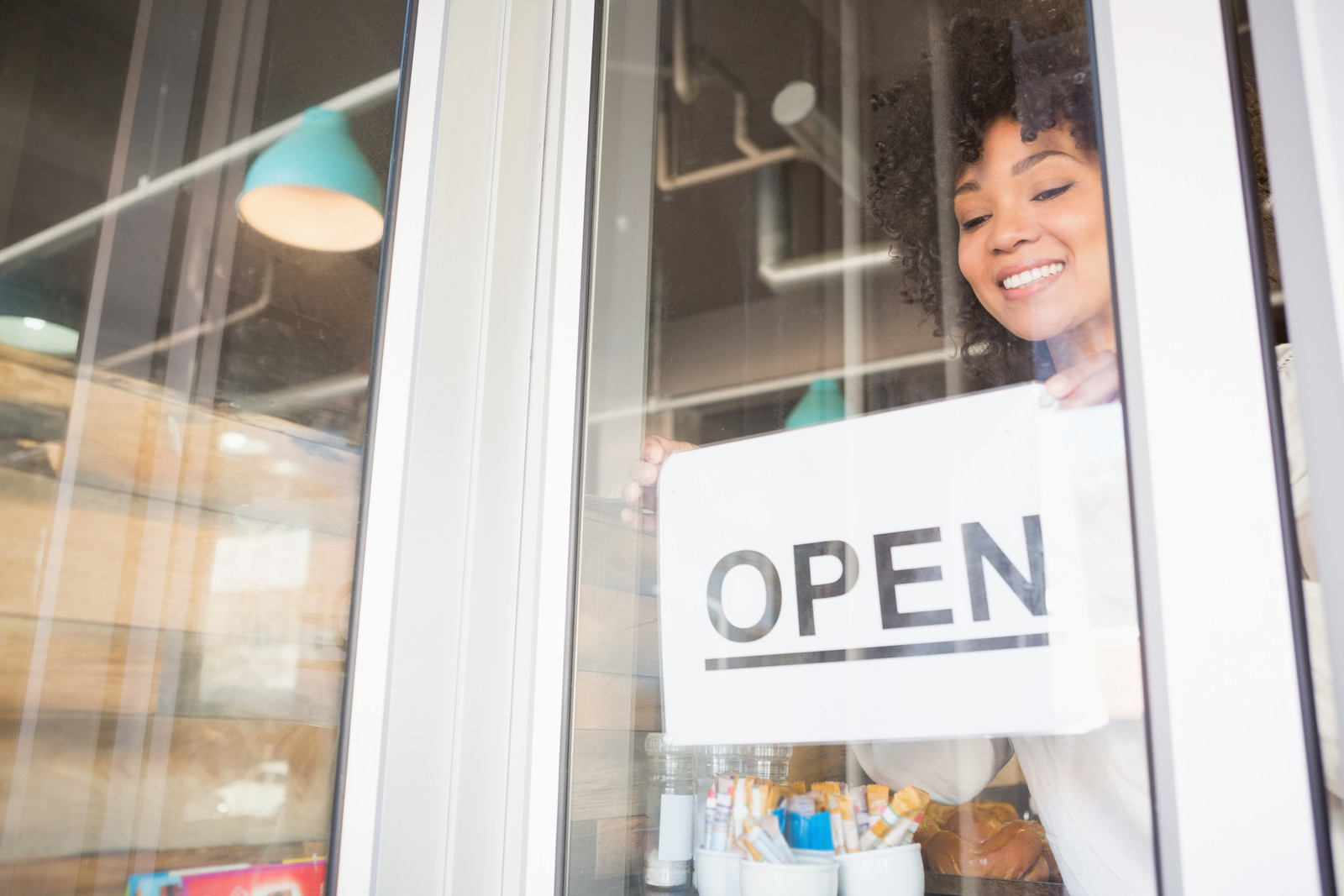Month: July 2020

COVID-19 “Comeback Campaigns” are powerful proactive communications for your workforce and education customers
Nearly half of all Americans indicate that they’ve already lost income as a result of COVID-19 with two-thirds worried about losing their jobs no matter their education level, according to Strada’s 2020 The Public Viewpoint: COVID-19 Work and Education Survey. Additionally, one-third believe they need more training or education to weather the storm. In this fluid […]
Nearly half of all Americans indicate that they’ve already lost income as a result of COVID-19 with two-thirds worried about losing their jobs no matter their education level, according to Strada’s 2020 The Public Viewpoint: COVID-19 Work and Education Survey. Additionally, one-third believe they need more training or education to weather the storm.
In this fluid environment, educators and workforce professionals must have their pulse on sector needs in order to prepare the talent pipeline. Workers, on the other hand, need to understand where the jobs are and what skills are needed in order to compete in a landscape that is riddled with high unemployment. How are you getting critical information about how to recover from the economic impacts of the pandemic to employers, job seekers and students?
In the past six weeks, FCM has deployed various types of campaigns to support organizations in sharing recovery information and uniting communities.

#ComeBackCalifornia – A campaign designed by the California Collaborative for Educational Excellence to spotlight local educational agencies’ (LEAs) collaborative approaches to getting California’s students back to school. It focuses on sharing tools, resources, and practices to leverage partnerships and facilitate dialogue among LEAs to support each other during the pandemic.

Behind Every Employer – Because it is imperative for educators to understand the ever-changing needs for the workforce in these unprecedented times, SkillsUSA and the Coalition on Adult Basic Education (COABE) launched this campaign to build awareness among high-growth business sectors about using adult education and CTE (career technical education) as a smart workforce-development strategy – one that employers should use to sustain and grow their enterprises during the COVID-19 recovery.
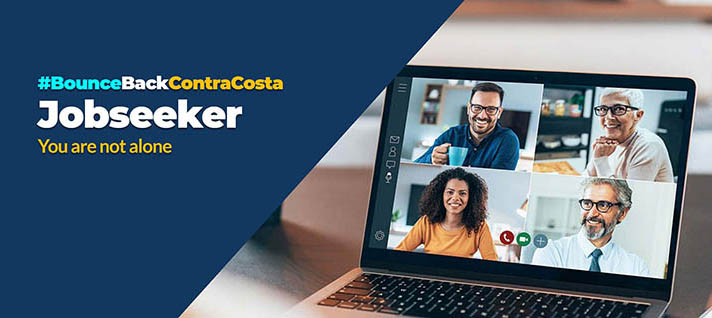
#BounceBackContraCosta – Executing Workforce Innovation & Opportunity Act mandatory workshops for participants online and getting employers equipped with tools and resources to re-open is the focus of this campaign led by the Workforce Development Board of Contra Costa County.
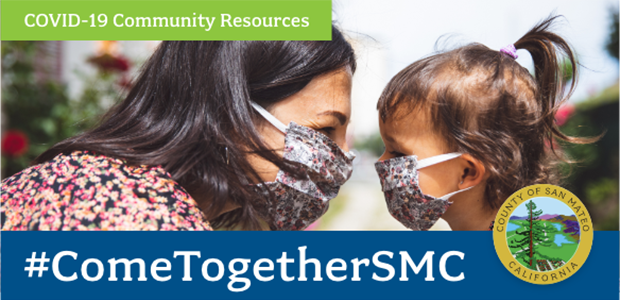
#ComeTogetherSMC – A simple, consistent e-newsletter with print copies mailed to underserved populations to keep the County of San Mateo informed about critical information related to the pandemic and workforce services.
Let FCM work with you on your campaign to align your community around your workforce and education COVID-19 recovery efforts. Contact us for a complimentary strategy session on how to replicate these campaigns in your service area.
Share this article

Thought Leaders in Workforce, Education & Entrepreneurship

The Power of Personas!
COABE National Conference Session: Pre-work for Recruitment of Adult Students During COVID-19 July 8, 2020 9 a.m.-10 a.m. PDT | Noon-1 p.m. EDT You’ve likely heard the term persona. But what, exactly, is a persona? And how do you create one? FCM will answer those and other questions related to student personas during a virtual […]
COABE National Conference Session: Pre-work for Recruitment of Adult Students During COVID-19
July 8, 2020
9 a.m.-10 a.m. PDT | Noon-1 p.m. EDT
You’ve likely heard the term persona. But what, exactly, is a persona? And how do you create one? FCM will answer those and other questions related to student personas during a virtual live session on recruiting adult students during COVID-19 at the 2020 COABE National Conference. We’ll cover how to create a compelling message using student personas, which are fictional, generalized representations your target student.
You want to create personas to better understand the student you are trying to attract to adult education. Knowing your target student well allows you to develop precise, strong messaging that resonates with that student. To create personas, you want to dig into your organization’s demographics, as well as any research you have related to your target audience’s behavior patterns, motivations, and goals. Once you have your persona(s), it will drive your marketing strategies and tactics, and it allows for alignment across the marketing plans of individual schools.
Using Personas to Connect
Here’s an example of a student persona:
L’chelle works in housekeeping at the local hospital. She started right after high school 10 years ago and has always liked her job. But now she is terrified. She’s happy to have a job but is really struggling having her kids at home from school for who knows how long. Some of the family members she relied on for help with childcare are high-risk for COVID-19, so she’s worried about them, and she doesn’t know what would happen if she got sick. Six months ago, she was eager to take classes to brush up on her math and English, in preparation for a nursing assistant course, but now she’s not sure she even wants to work in healthcare.
Creating a persona like L’chelle helps us tap into her emotional needs, which inform the images and language we use when we create posters, write website copy or craft an email. Personas allow us to develop messaging that meets the prospective students where they are at – and when you can make that initial connection, you then have the opportunity to take them from interest to enrollment.
In L’chelle’s case, she is stressed and fearful, so using language that acknowledges her state is critical:
It’s really scary right now.
Things feel so unsafe.
Will life ever feel normal again?
It’s important to be authentic in your messaging, expressing the types of concerns you would express to your prospective students in person. It helps to envision yourself having an in-person conversation with the person on the other end of the message. What are those real words you would use to connect with them (based on what you know about them) – those are the words they need to hear.
Once you can connect with potential students, they are in a place to listen to the solution you offer, in this case, adult education. Again, you want to meet them where they are at:
If you can be sure of anything, it’s that education will help you keep or find a job.
Investing in your future beyond COVID is a safe decision.
You can make education a part of your new normal.
Key Questions to Ask When Creating a Persona
In our conference session, we’ll show you how to develop a persona and how to use them to develop the best language to use in all of your outreach efforts.
In the meantime, there are three key questions you want to ask yourself as you develop your personas:
- What worries my students the most – Unemployment? Their health? Bills? Childcare?
- How much has the pandemic impacted their day-to-day lives? – Do they have a job and stable housing? Is there a health crisis in their family? Are their kids home from daycare or camp, which means they may have to balance work and parenting?
- How do they see online learning? – Is it foreign to them? Are they willing to try it? Helping their kids learn online has been so frustrating they can’t see doing it themselves?
Share your answers in the comments section!
Like this article?
If you like this article we recommend downloading our eBook below to get better informed
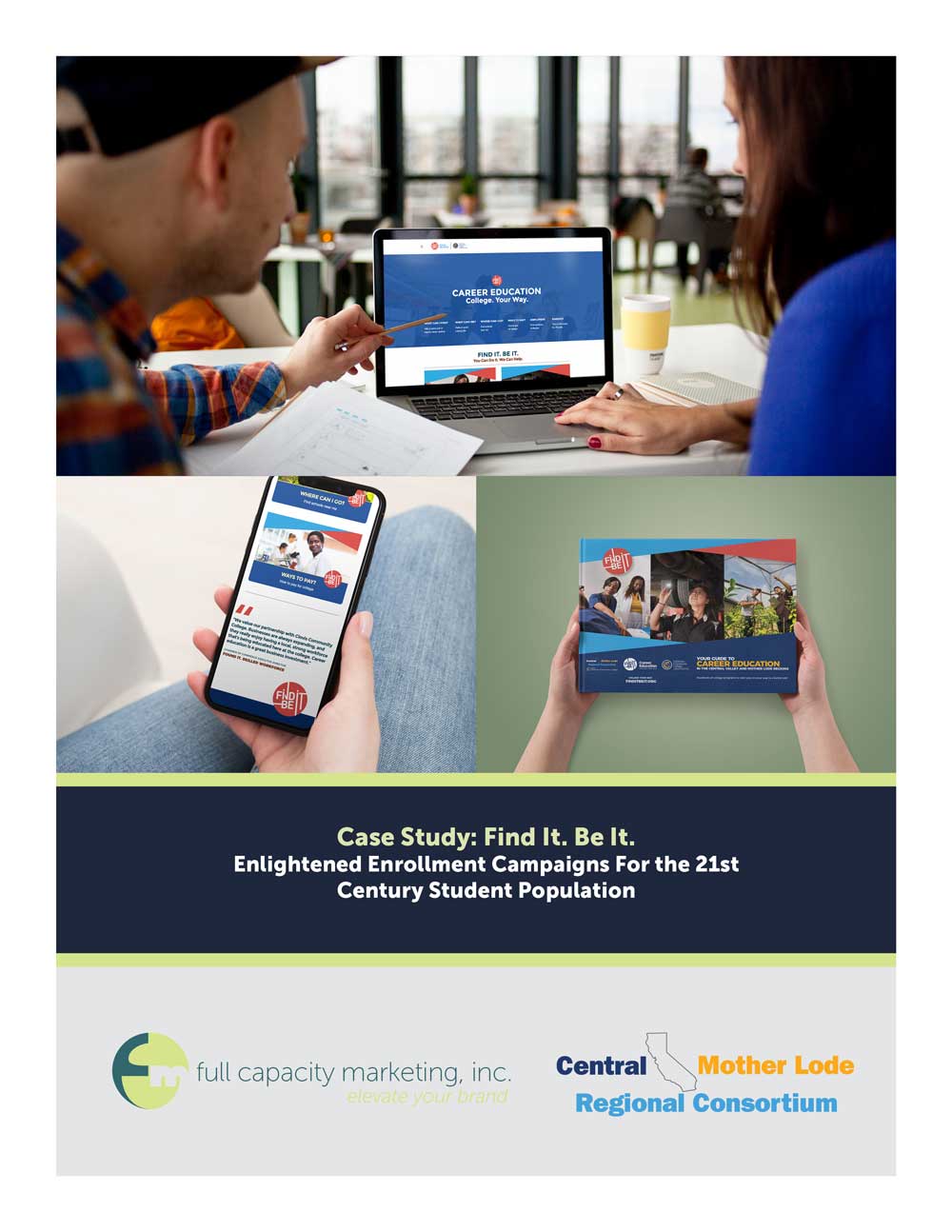
Case Study: Find It. Be It.:
Enlightened Enrollment Campaigns for the 21st Century Student Population
Share this article

Thought Leaders in Workforce, Education & Entrepreneurship
